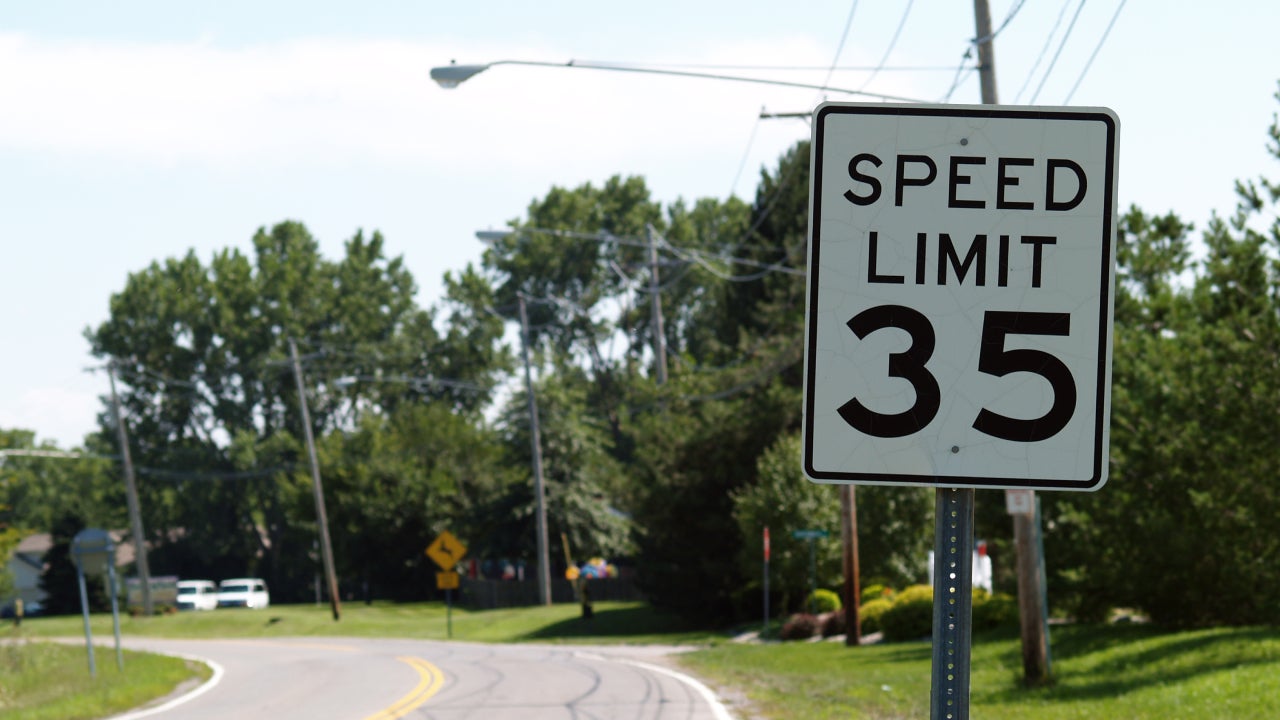I’m a licensed agent — when my car insurance increased, here’s how I got my rate back down

As a licensed insurance agent, policyholder and financial news editor, I’m no stranger to the massive post-pandemic rate increases impacting policyholders’ budgets. Month after month, since drivers first emerged from lockdowns, policyholders have been experiencing historic rate increases for reasons other than their driving habits, and I was one of them. When my renewal documents arrived and showed a whopping increase of over $350 for my next six-month policy period, I wasn’t overly surprised that I was finally receiving a major rate hike. I still wasn’t thrilled with how paying an extra $60 a month would affect my budget.
Thankfully, my years of expertise helped me know that the renewal rate I received wasn’t necessarily the rate I had to pay. The good news is that I found a way to offset this increase without taking on much more risk behind the wheel. So, I’m sharing five steps you may want to take if you experience a rate hike — whether you’ve been impacted by post-pandemic car insurance inflation, like me, or had an incident occur while behind the wheel.
1. Figure out what caused your rate hike
On the surface, insurance companies may all seem the same, but they actually manage risk very differently. You can see this in the premiums they charge and how they manage policies. Your insurer may have hiked your rate at renewal because you received a speeding ticket or had an accident. Or maybe it is raising rates for policies in your state to build back its claims reserves. You may have even lost an important discount, which led to an increase.
Knowing what caused your rate hike is the first step to help you determine your course of action. An easy way to understand your new rate is comparing your current policy to your renewal documents and talking with your agent about the differences. Taking those steps pointed me to two factors that increased my premium: I was no longer eligible for a key discount, and my state was experiencing a rate hike.
2. Know what coverage you do and don’t need
The next step to offsetting a premium increase is to understand what car insurance coverage you need and don’t need. This step may be hard because having the right coverage for when accidents happen is important, and accidents have been increasing. But reviewing your coverage if you haven’t in a while is always a good idea because you could find that you have too little or too much coverage. If you have too little coverage, it may be even harder to offset your rate hike because you may need to add coverage to help protect your financial security.
The goal of an insurance policy is to be covered for a major claim, so you don’t want to be underinsured. Think about being underinsured like going running with untied shoelaces. Just like you don’t want to increase your odds of tripping and getting hurt, you don’t want to risk your financial security by driving without the right coverage.
That said, you also don’t need to maximize every coverage option to be properly insured. Carrying too much coverage means you’re likely paying unnecessary premiums. The best way to balance your insurance coverage with your needs is to review your policy annually and after a major life event.
I’ve adjusted my policy over time to meet my needs as they’ve changed. In the past, I increased my bodily injury and property damage liability coverage when I purchased my house and dropped my comprehensive and collision coverage when one of my cars aged. When reviewing my coverage to help offset my rate hike, I didn’t want to reduce my liability limits because I felt this would be a major risk to my finances, but I did feel comfortable adjusting my comprehensive deductible for my current vehicle and taking on a little more risk.
To drop my rate, I raised my $100 comprehensive deductible to $500. I would rather pay an extra $400 if something happens than pay more monthly for a higher premium. I also know that the reason I carried a low comprehensive deductible in the first place was in case my windshield was damaged. The state I live in now has full-glass coverage, meaning that I don’t have to pay that increased deductible for a windshield claim.
Ask your insurance agent if you don’t know why you’re carrying certain coverage options or amounts. You can also talk to them about how your coverage works if you need to file a claim. This information will help you know what risk you’re comfortable taking on and what risk you’re not, which may help offset a premium increase without risking your financial security.
3. Check what discounts could apply to your policy
When reviewing your policy and talking with your insurance agent, look for discounts. Insurance companies offer discounts as savings opportunities for policyholders who offset risk. Upon renewal, I lost my annual mileage discount, drastically affecting my rate.
My insurance company had conducted an audit of policies where drivers were receiving a low mileage discount and increased my annual mileage from where it was to 12,000 yearly. After talking with my insurance company about my actual mileage (which is much less than 12,000 a year), I was able to confirm that my annual mileage is still low and have my discount reapplied, lowering my premium.
If you drive a lot more than me and aren’t eligible for a low annual mileage discount, or are looking to stack your discounts to help offset a major hike, a telematics discount may be worth considering. Telematics devices track your driving behaviors and can lower your premium for practicing safe driving habits that reduce your risk of filing a claim. Some companies will give you a discount just for signing up, but note that some carriers may raise your rate if they detect unsafe driving practices.
Other discounts to ask about are any type of student, affinity or paid-in-full savings. Applying as many as possible can help offset premium increases.
4. Consider the vehicle you’re insuring
My fourth suggestion, and probably my most extreme, is to consider what vehicle you are insuring and how it affects your rate. Car insurance rates vary by make and model, even if you drive a BMW the same way you would drive a Camry. With vehicle prices remaining high, purchasing a new car to save on your insurance may not be the best option for your budget. But if you’re already looking for a new vehicle, you may want to consider buying one that’s cheaper to insure.
You should also confirm that you’ve assigned the drivers on your policy to the vehicle they drive the most. Insurance companies rate policies on risk, and having the highest-risk driver driving a lower-risk vehicle may help you save. If your teenager is driving the older vehicle that currently has liability only, you’ll want your insurance company to know they’re not driving your sports car instead. If your inexperienced driver is driving that sports car they got as a graduation gift, you may want to consider having them drive your sedan if trading vehicles means a cheaper rate.
Another route to consider is getting rid of a vehicle you’re no longer using. I had another car that I did not use often, and it was time to get rid of it to reduce my premium. If you’re unsure about getting rid of a vehicle, which I can understand, storing your unused vehicle may help you save on costs while you decide. I did this for about a month before I committed to selling the car.
5. Decide if it’s time to shop around
If the steps you’ve taken so far aren’t offsetting your rate enough, or you’re curious about what rates other companies offer, it may be time to consider shopping. Shopping for a new car insurance company can seem intimidating or even irrelevant, especially if you’ve already experienced a rate hike and have heard that rates are rising everywhere. But, going back to my earlier point, all insurance companies treat risk differently. If you’ve experienced an increase, it may be a good idea to set aside some time to shop for a new rate before you agree to pay a higher premium.
The good news is that by the time you’re ready to shop, it’ll be easier because you’ll know your current coverage, what your coverage needs are, what discounts are available to you and how your vehicle type affects your rate. This insight will help you get an apples-to-apples comparison across a few companies to see which can offer you the best rate.
With my rate hike, I felt I dropped my premium enough to not need to shop for a new insurance company — but I may not feel that way the next time my policy is renewed.
The bottom line
Car insurance rates will likely continue to rise, and there’s a real possibility that you will receive a rate hike like I did. Knowing that you’re not alone may make you more prepared when the rate hike does happen, but it doesn’t make paying more for car insurance any easier.
Before you decide to cut costs elsewhere or risk saving less in your emergency fund to cover those higher premiums, consider what changes you can make to your insurance policy first.
You may also like


Factors that impact your cost of car insurance




